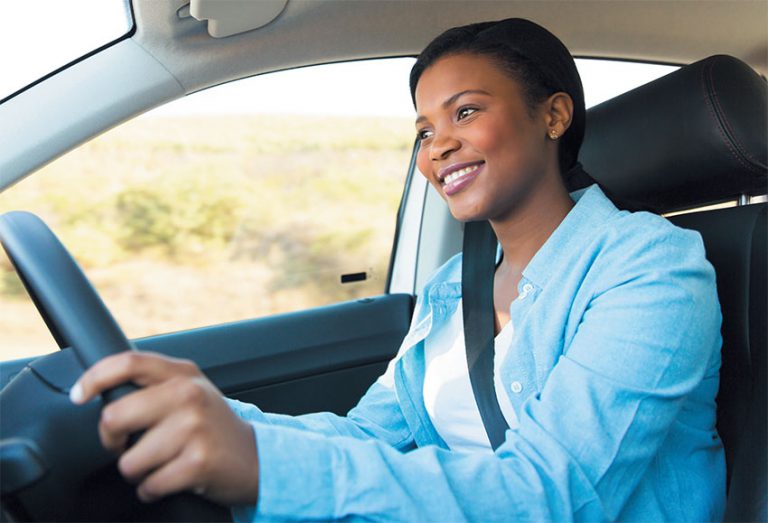
Thousands of drivers tragically lose their lives to car accidents on South African roads every year. Referring to the alarming number of deaths among young people as an ‘endemic,’ the Road Traffic Management Corporation reported that a total of 8 547 people between the ages of 21 and 34 years old were victims of road fatalities between 2019 and 2021. Continual education and providing practical guidance on how to drive responsibly is crucial to curbing this growing death toll and making South African roads safer for all.
This is according to Burton Naicker, CEO at MiWay, who explains that South Africa’s highways and byways are far more congested now than they have ever been in previous years. “The roads are therefore especially dangerous for new car owners and first-time drivers who face their fair share of unique risks, not only because they are unfamiliar with how recklessly other motorists drive, but also because young people tend to have a higher crash risk.”
International research demonstrates that the reason why young people get involved in car accidents is typically different than incidents involving their older counterparts. Accidents involving young people are often tied to drunken driving, speeding, and transporting higher volumes of people in their vehicles than the recommended limit. These scenarios are 20 times more likely to occur among teenagers and young adults than among middle-aged adults.
“Other high-risk factors contained in the research include the fact that younger drivers, due to driving inexperience, are often over-confident and may take unwarranted risks, without considering hazardous weather and road conditions. They are also more likely to drive while using their mobile phones and fail to take essential precautions such as wearing seatbelts.”
These findings have been confirmed by similar research conducted by South African underwriters, who generally view young drivers as having higher risk profiles. Unfortunately, therefore, Burton explains, the cost of insurance premiums for younger drivers can be significantly higher. “However, by practicing responsible driving habits, young people can not only protect their own and the lives of other motorists but also build a positive track record with their insurer, which will set them in good stead financially for better premiums later in life.”
Sharing his tips for new drivers is Arrive Alive ambassador, Johan Jonck, who advises that regularly checking tyre tread is of paramount importance on South African roads. He explains that adequate tyre tread depth is essential for maintaining proper traction, especially during periods of heavy rain or when navigating gravel roads. “In terms of the law, tyres are deemed roadworthy when their tread is at least 1 mm deep across the entire width and circumference of the tyre.”
According to research by the South African Road Federation, driving distracted is the leading cause of road fatalities worldwide. One of the leading causes of distraction is the use of mobile phones while driving. And, as reported by the International Transport Forum’s data, in South Africa, around 25% of crashes occur for this very reason.
To this point, Jonck advises young drivers to place their mobile phones out of reach, or in a designated compartment, to minimise the temptation to pick it up. “Prior to starting a journey, ensure that important calls or messages are addressed, allowing for an uninterrupted driving experience. You could also send a brief message to your most frequently used contacts to let them know that you will be on the road for a specified amount of time and will attend to all messages and calls once you’re safely at your next destination, “advises Jonck.
Furthermore, Jonck adds, keeping a safe following distance can serve as a critical buffer that allows drivers to react promptly to unforeseen events and sudden changes in traffic conditions. “Adhering to a sufficient following distance provides the necessary time to brake or maneuver in case of a vehicle in front stopping abruptly, significantly reducing the risk of rear-end collision. Additionally, on highways and high-speed roads, maintaining an appropriate following distance becomes even more crucial, as it accommodates varying speeds and helps prevent ‘chain reactions’ of collisions in the wake of a sudden stop.”
In this regard, Arrive Alive recommends following the 2-3 second rule. “International standards abide by the 2-3 second rule as a useful guideline. “To do it, find a point on the road somewhere ahead of your car’s trajectory. Count 2 to 3 seconds. If that point is still visible after counting, then you have a safe following distance. This count, however, should be extended during adverse weather conditions, when driving at night, or when following heavy-duty vehicles,” says Jonck.
Burton concludes: “The driving habits and routines you develop as a young person or first-time driver will set the precedent as you age and get to know South Africa’s roads, growing your experience and confidence. Embracing a safety-first mindset not only safeguards your own well-being but also vitally protects pedestrians, passengers, and other fellow road users.”
Also see: Most hijacked cars in Mzansi




